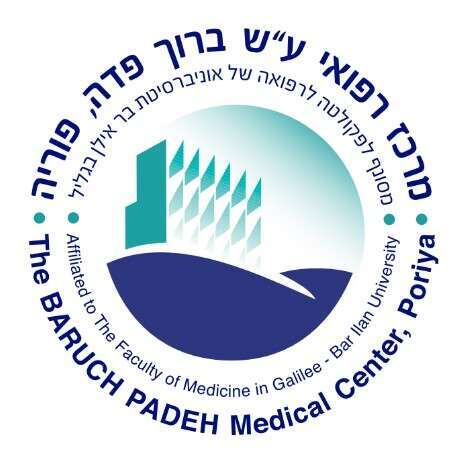
Correlation between Presenting Symptoms and the Yield of Head CT after Traumatic Brain Injury
2Pediatric Department, The Baruch Padeh Medical Center, Poriya, ישראל
3Radiology Department, The Baruch Padeh Medical Center, Poriya, ישראל
Objective: To evaluate potential predictive factors for presence of intracranial injury (ICI) in children presenting to the emergency department (ED) with mild traumatic brain injury (mTBI).
Methods: We retrospectively evaluated pediatric ED cases of head trauma, who underwent CT scans, between the years 2015-2019, in Padeh Poria Medical Center.
From each record we extracted epidemiological data, mechanism of injury, clinical presentation, CT findings and management.
Results: A total of 302 pediatric patients were studied. Mean age was 4.99 ± 3.71 years. Male patients (64.9%) were dominant and falls (82.78%) were the most common mechanism. ICI was found in 71 patients (23.5%), 65 (91.5%) had fractures and 28 (39.4%) had an intracranial hemorrhage.
Among these, 37 (52.1%) transferred to a different hospital, 27 (38%) admitted to our facility and 7 (0.9%) released home.
Analysis of ages 5-13 years (n=153) showed 85% of CT scans had no yield.
Presence of hematoma (p=0.008), vomiting\nausea (p=0.029), rhinorrhea\otorrhea (p=0.011) were significantly more common with ICI.
When hematoma was present, it increased the likelihood for ICI by 3.4 times in ages 0-13 (p=0.0002) and by 5.1 times in ages 5-13 (p=0.017).

Conclusion: We found that most head CT scans for pediatric mTBI had no yield.
When discussing ages 5-13 years, presence of hematoma, vomiting\nausea, rhinorrhea\otorrhea or combination of these can support the use of a CT scan.
Because hematoma was present in most ICI (63 of 71 cases), its absence in the right clinical settings, can perhaps enforce the decision to avoid a head CT scan.


Powered by Eventact EMS